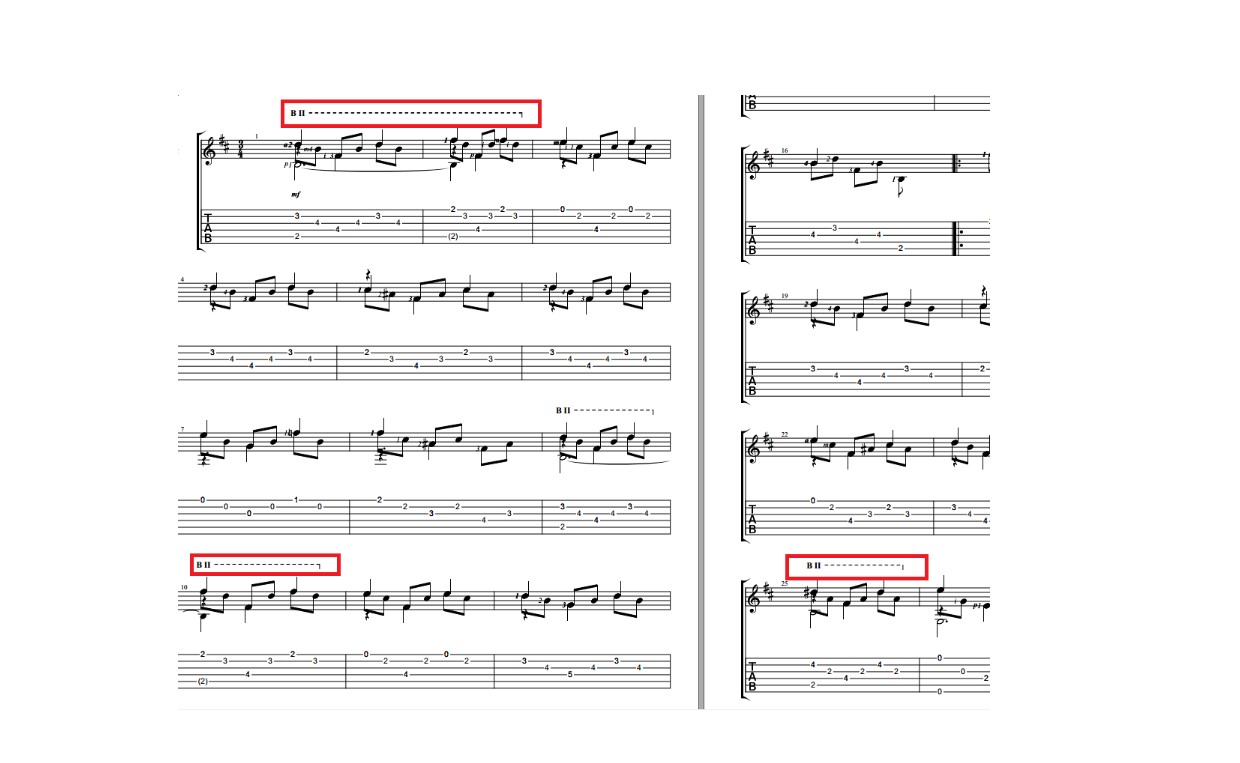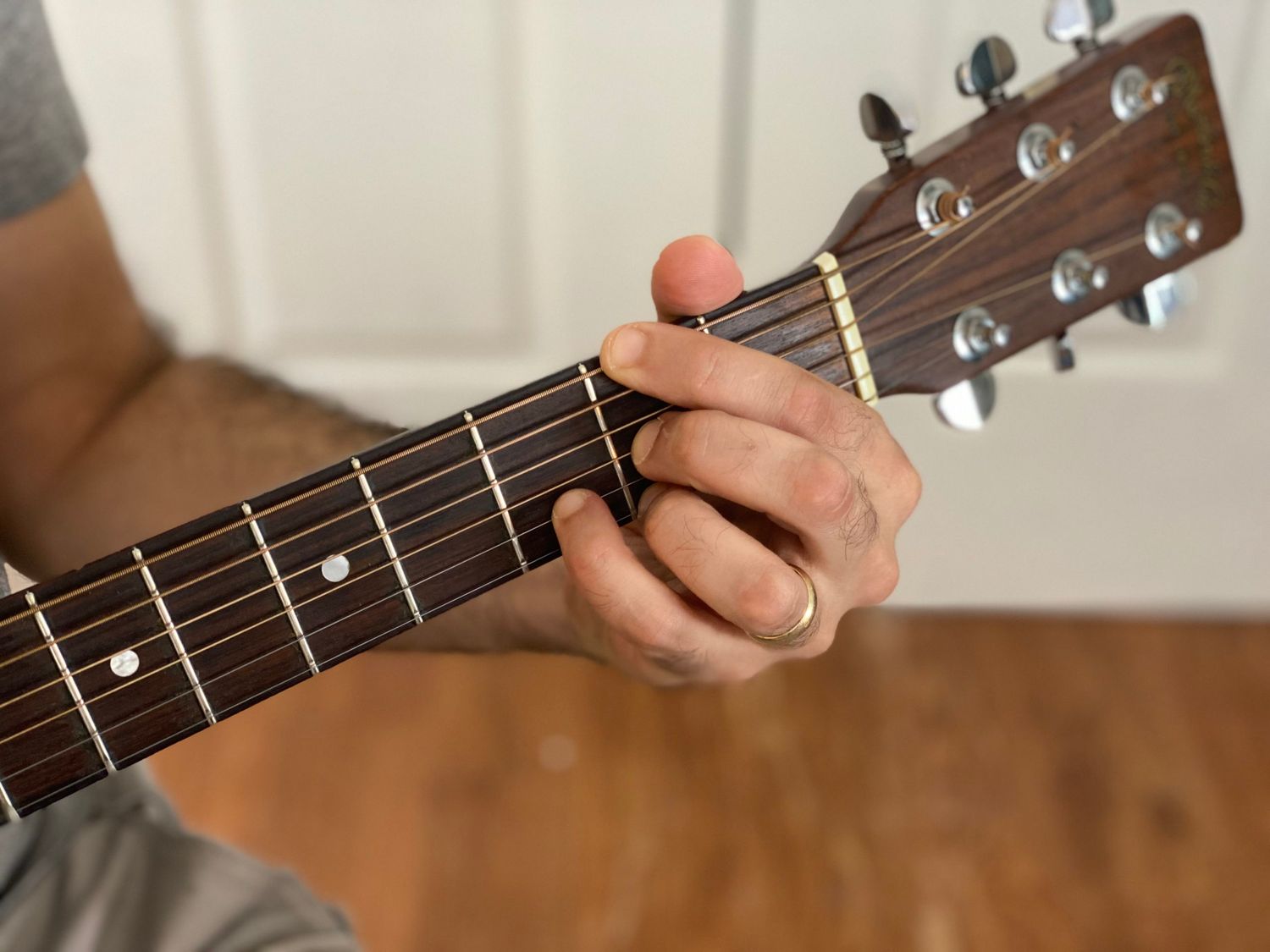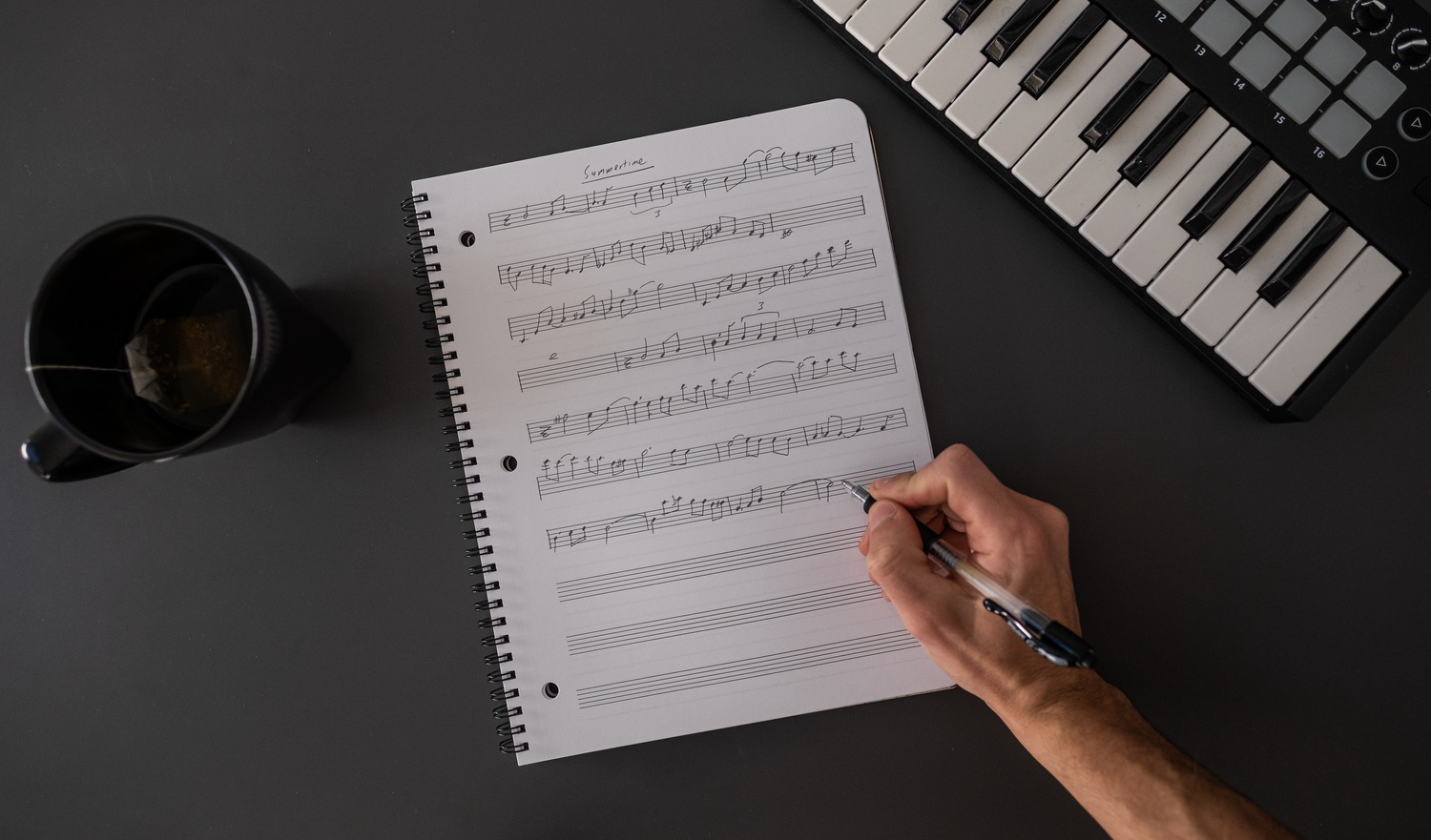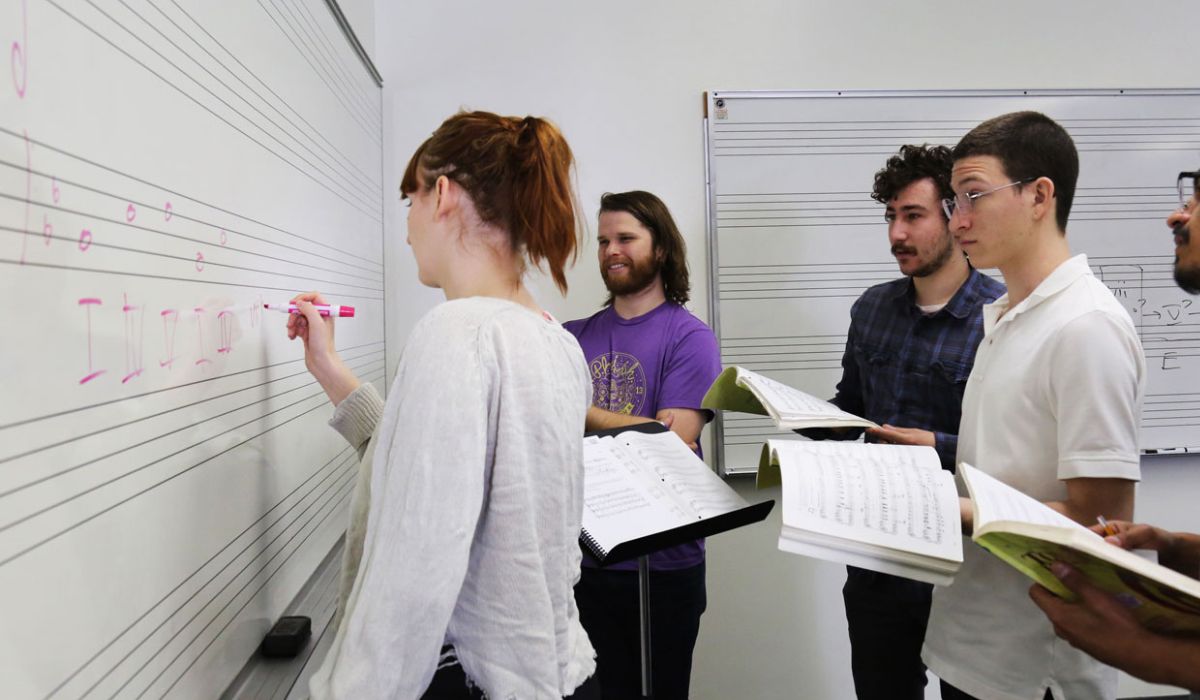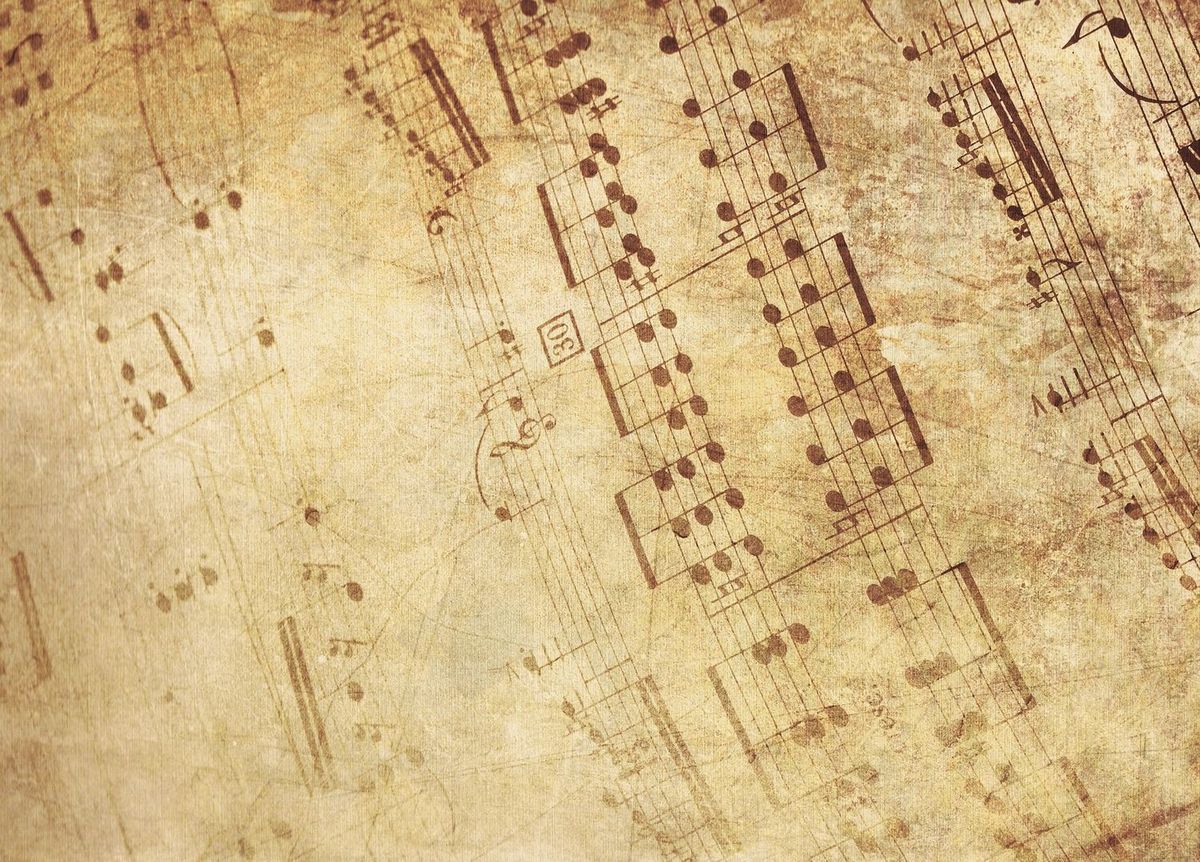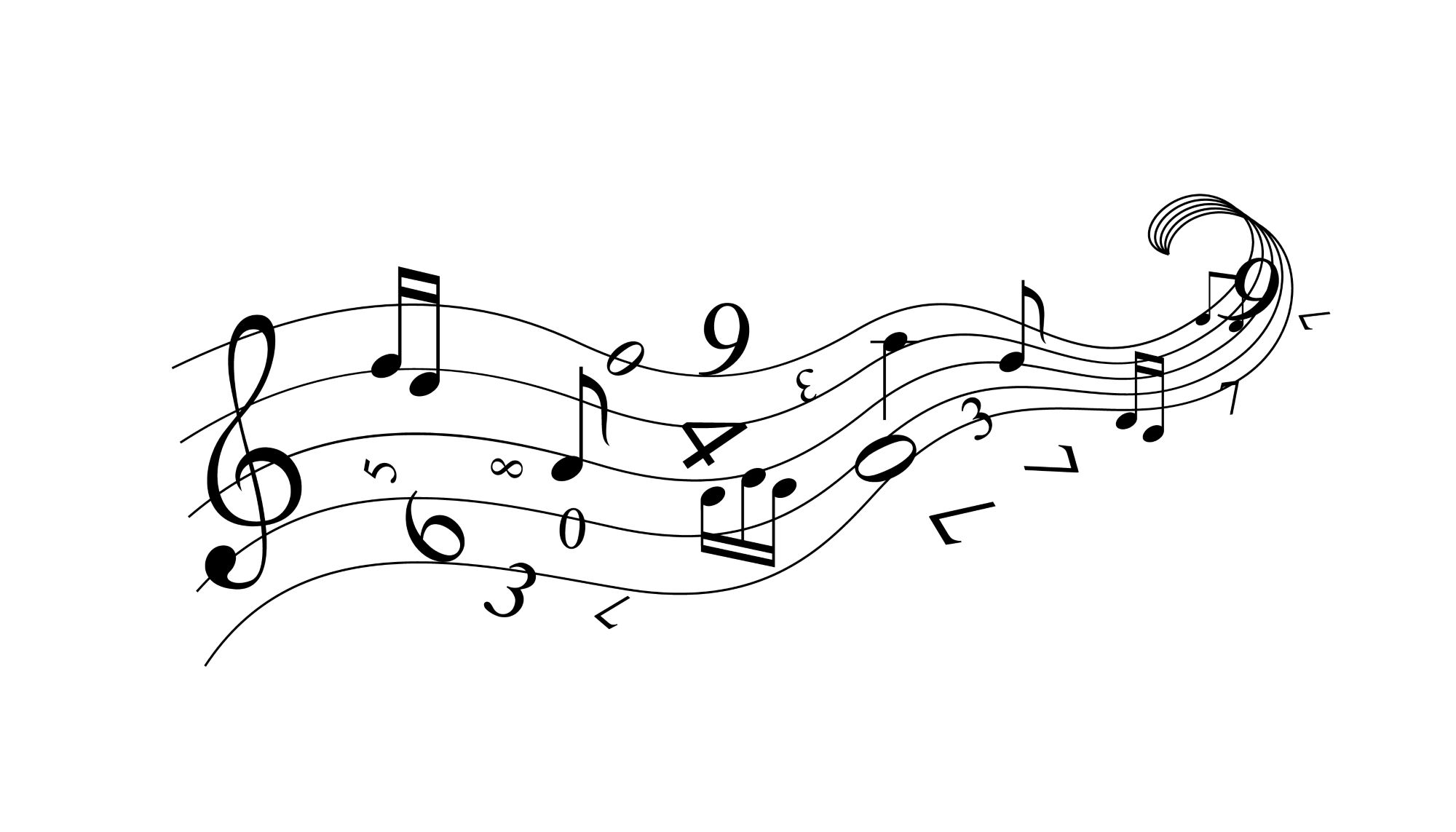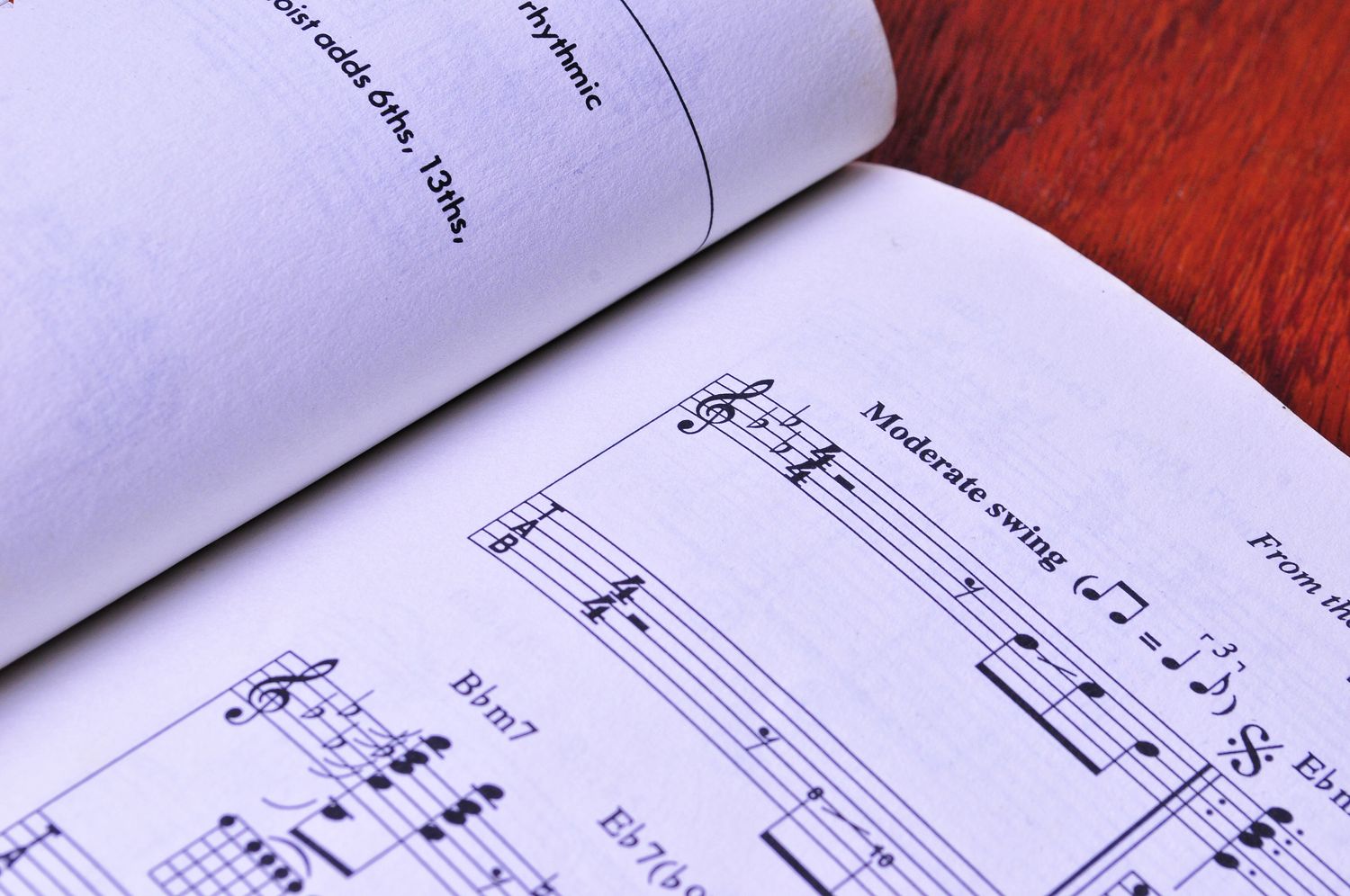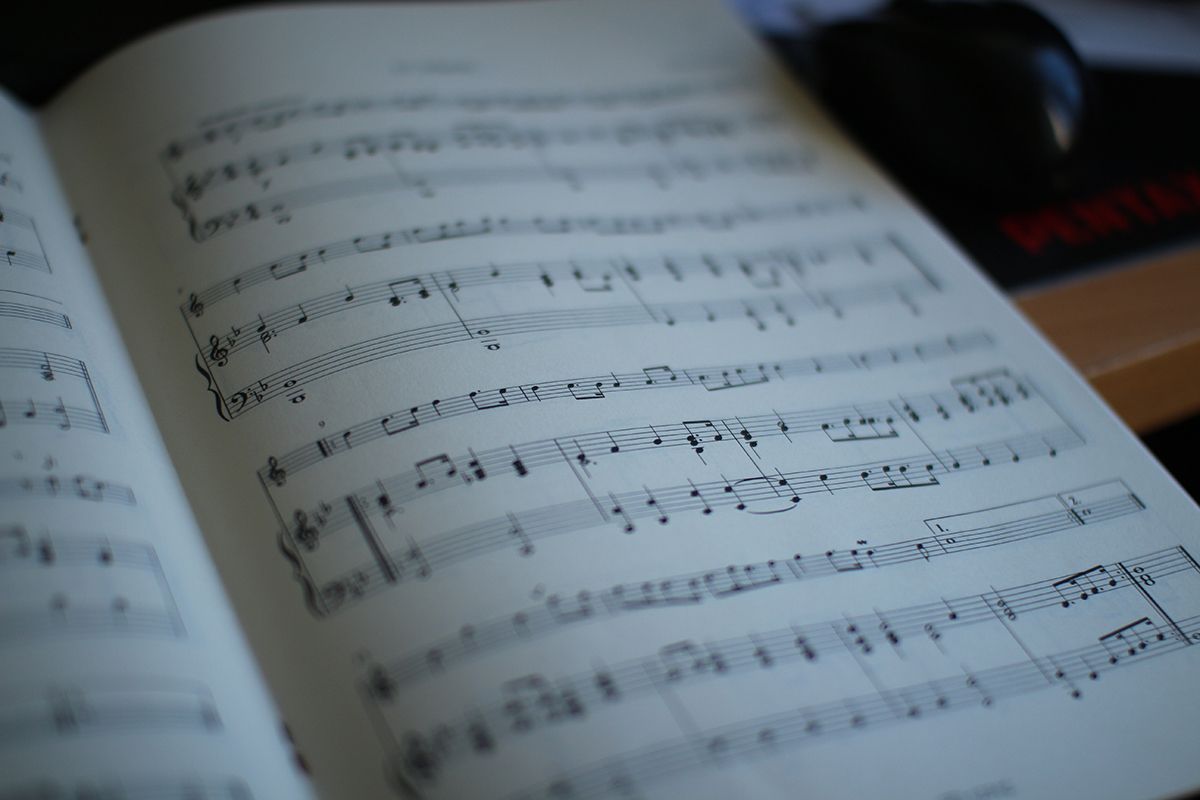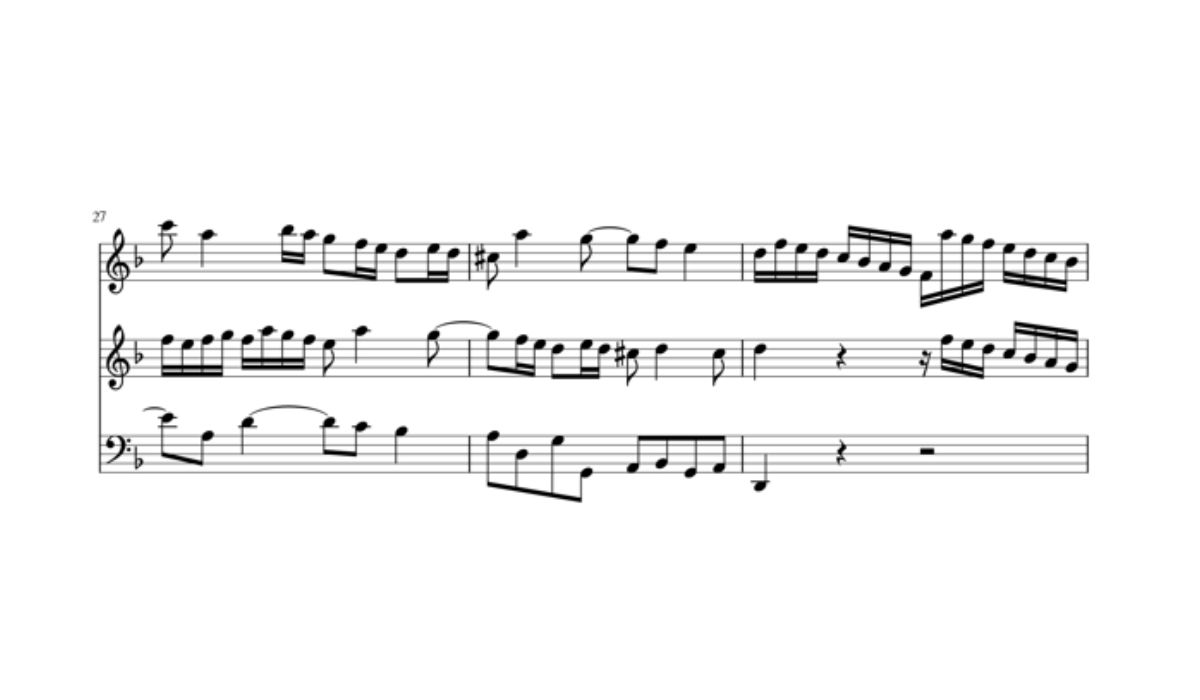Home>Production & Technology>Music Theory>What Does # Indicate In Music Theory
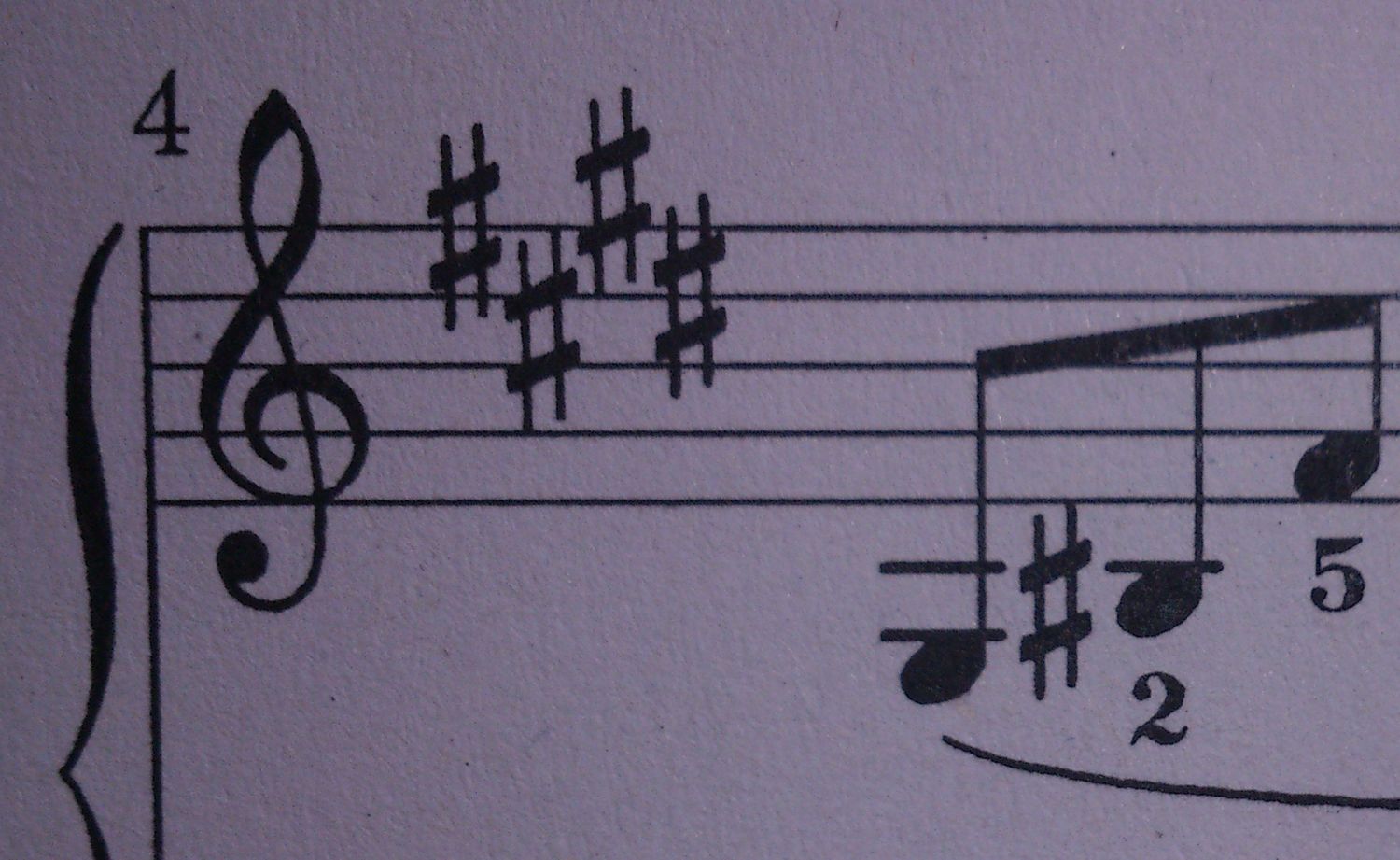

Music Theory
What Does # Indicate In Music Theory
Published: January 30, 2024
Discover the meaning and significance of the "#" symbol in music theory. Uncover how this notation is utilized and how it impacts the interpretation of musical compositions. Enhance your understanding of music theory with this comprehensive guide!
(Many of the links in this article redirect to a specific reviewed product. Your purchase of these products through affiliate links helps to generate commission for AudioLover.com, at no extra cost. Learn more)
Table of Contents
Introduction
In the world of music theory, there are many symbols and notations that have significant meaning and purpose. One such symbol is the # symbol, often referred to as a “sharp”. This simple yet powerful symbol has various applications in music theory and notation, and understanding its usage is crucial for any musician or music enthusiast.
The # symbol, when placed before a note, raises the pitch of that note by a half step. It is denoted by a diagonal line slanting from the bottom left to the top right. The opposite of a sharp is a flat, which lowers the pitch of a note by a half step. Together, sharps and flats form the basis of the musical language, enabling composers, performers, and theorists to communicate and understand music more effectively.
In this article, we will explore the various applications and significance of the # symbol in music theory. From key signatures to chord symbols and notation, we will delve into the world of sharps and uncover their importance in understanding and interpreting music.
Definition of #
Before diving into the different uses of the # symbol in music theory, let’s start by understanding its basic definition. In music notation, the # symbol represents a sharp. As mentioned earlier, a sharp raises the pitch of a note by a half step.
When a sharp is placed before a note, it indicates that the note should be played or sung a half step higher than its natural (unaltered) pitch. For example, if you see a # symbol before the note C, it becomes C#, which is pronounced “C sharp” and played as the black key to the right of C on a piano keyboard.
It’s important to note that the # symbol can be applied to any of the twelve pitch classes in standard Western music notation, namely A, A#, B, C, C#, D, D#, E, F, F#, G, and G#. Each of these notes can be modified by a sharp to create a raised version of the original pitch.
Furthermore, it’s worth mentioning that the # symbol is used exclusively in the Western musical tradition. In other musical systems, different symbols and notations are used to indicate alterations in pitch.
Now that we understand the basic definition of the # symbol as a sharp, let’s explore its various applications in music theory and notation.
Use of # in Key Signatures
In music theory, key signatures play a crucial role in indicating the tonal center or key of a piece of music. The # symbols are used in key signatures to indicate which notes should be consistently played as sharpened throughout the entire piece.
A key signature is typically located at the beginning of a musical staff and consists of a series of sharps or flats placed on specific lines or spaces. When the # symbol appears in a key signature, it indicates that the corresponding note should always be played as a sharp in the given key.
For example, if you see one # symbol in the key signature, it means that the note indicated by the symbol should always be played as a sharp. If you see two # symbols, it means that both notes indicated should be played as sharps, and so on.
An example of a key signature with the # symbol is the key of G major. The key signature of G major consists of one # symbol placed on the F line. This means that every F in the piece, unless otherwise indicated, should be played as an F#.
The use of # symbols in key signatures allows musicians to simplify the notation of sharp notes within a specific key. Instead of placing a # symbol before every F in the music, the key signature indicates that all F notes should automatically be played as F#.
Overall, the # symbol’s role in key signatures is to provide a consistent and efficient way to communicate the tonality of a piece and simplify the notation of sharp notes within that key. It is an essential tool for musicians to understand and use when interpreting and performing music.
Use of # in Chord Symbols
In addition to its role in key signatures, the # symbol is also commonly used in chord symbols to indicate the inclusion of a sharp note in a chord. Chord symbols provide a shorthand way of representing the harmony and structure of a chord progression.
When a # symbol appears in a chord symbol, it means that the note corresponding to the symbol should be played as a sharp in that particular chord. For example, if you see a C# in a chord symbol, it indicates that the C# note should be included in the chord, along with any other notes specified in the symbol.
Chord symbols are often used in lead sheets and popular music arrangements, where a simplified notation is preferable to the detailed music notation on a staff. The # symbol allows musicians to quickly and easily identify the presence of a sharp note in a chord and incorporate it into their playing.
It’s important to note that the # symbol in chord symbols can also indicate the addition of accidentals or altered tones to a chord. For example, a C#7 chord includes the notes C#, E, G#, and B, with the # symbol indicating the sharp third and sharp fifth.
The use of # symbols in chord symbols adds color and complexity to chords, allowing musicians to create tension and resolution within their music. It gives the chords a richer and more distinctive sound, enhancing the overall harmonic palette of a composition.
Overall, the # symbol’s use in chord symbols is an essential component of contemporary music theory, helping musicians understand and play chords with added sharp notes or altered tones.
Use of # in Notation
The # symbol is widely used in musical notation to indicate a sharp accidental. An accidental modifies the pitch of a note within a measure, regardless of the key signature. The # symbol can appear before a note in both the staff notation and tablature.
In staff notation, the # symbol is placed before a notehead to indicate that the note should be played or sung one half step higher than its natural pitch. It is normally written as a diagonal line slanting from the bottom left to the top right, similar to a forward slash (/). This notation ensures that the sharp is only applicable to that specific note and does not affect other notes within the measure.
In tablature notation, the # symbol typically appears before a number on a specific string and fret to indicate that the note should be played at a higher pitch. For example, if you see a # symbol before the number 4 on the third string of a guitar tab, it signifies that the string should be fretted at the fourth fret, producing the pitch corresponding to the note played.
It is important to note that the # symbol can also be used in conjunction with other accidentals, such as naturals or flats. For example, a double sharp (x) symbol indicates that the note should be raised by two half steps, while a natural symbol (♮) cancels any previous accidental and restores the note to its natural pitch.
Using the # symbol in notation allows composers, arrangers, and performers to accurately indicate altered pitches within a piece of music. It ensures that musicians accurately interpret the intended pitch and produce the desired sound for each note, adding a level of precision and clarity to the written music.
In summary, the # symbol in notation serves as a crucial tool for indicating a sharp accidental, modifying the pitch of a note within a measure. It is an essential component of musical notation, allowing musicians to accurately reproduce the intended melodic and harmonic content of a composition.
Conclusion
The # symbol, commonly referred to as a sharp, is a fundamental element of music theory and notation. Its presence in key signatures, chord symbols, and notation allows musicians to accurately communicate and interpret music.
From its use in key signatures to indicate raised notes within a specific key, to its role in chord symbols to add sharp notes or altered tones to chords, the # symbol enhances the complexity and richness of musical compositions. In notation, the # symbol serves as a precise and concise way to indicate a raised pitch, ensuring the accurate performance of the intended musical content.
Understanding the applications and significance of the # symbol in music theory is essential for musicians and music enthusiasts. It provides a foundation for reading, analyzing, and composing music, enabling a deeper understanding of musical structures and the creative possibilities within them.
Whether you’re a musician, composer, or simply a curious listener, recognizing the # symbol and its implications in key signatures, chord symbols, and notation will enhance your ability to appreciate and engage with the intricacies of music.
In conclusion, the # symbol is much more than a simple sharp symbol. It represents a world of musical expression and communication, shaping the tonality, harmony, and melodic content of the music we love.

